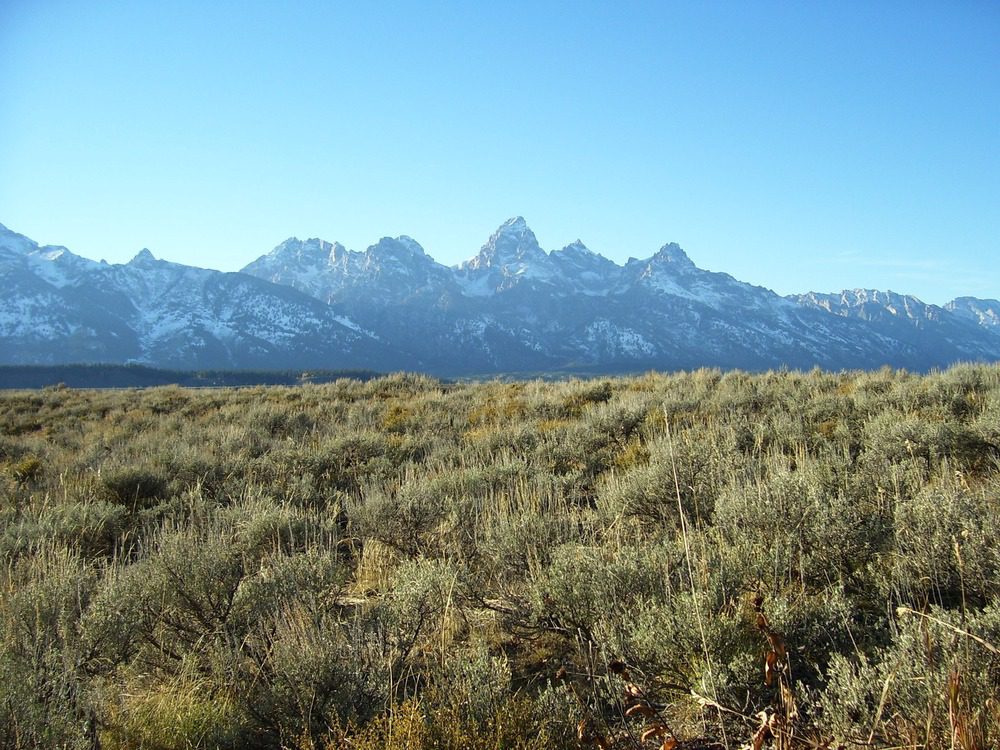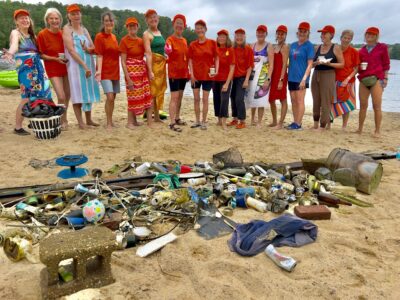As the old saying goes, “One person’s junk is another person’s treasure.” In this case, many people’s trash is a whole school’s opportunity to make an incredible impact. In fact, it was a high school backed by a multi-million-dollar corporation to help keep Grand Teton National Park free of plastic bottles and aluminum cans. Thanks to Subaru of America and the Zero Landfill Initiative, Jackson Hole High School students got to reuse and recycle these wasteful products for two wonderful art projects. Better yet, this project was the beginning of more sustainable policies and practices for Grand Teton.
Subaru of America reached a “Zero Landfill” status in 2004, and since then, they have provided financial assistance to several national parks across the country to achieve Zero Landfill.
With this, the carmaker partnered with Jackson Hole High School of Jackson, Wyoming, to find a way to repurpose plastic waste. Through the STREAM program (Science, Technology, Recycling, Engineering, Math), students and teachers got to work on building a sculpture for the Grand Teton Visitor Center entrance. Led by artist Bland Stoke and teacher Sammie Smith, the project was designed to teach the importance of sustainability and reducing the amount of recyclable litter in the park. Two art sculptures were chosen by Park staff, crafted by students, and then put on display, the most impressive of the two being the monumental trout swimming upstream, made from recycled water bottles and seltzer cans. It was unveiled in July 2017 and now hangs up outside Jackson Hole High.
The students took massive pride in their work, and little did they know this was the impetus for much larger changes in the park and Teton County. Grand Teton began to implement more eco-friendly measures in their natural areas. More recycling bins were added by trailheads and popular hubs. They were designed for all recycled goods, but imperatively use these for bear mace canisters, lanterns, and gas canisters, all of which can be refilled or repurposed for future art projects. In 2021, more changes came to Grand Teton with the opening of the first composting facilities in Teton County.
The park’s jaw-dropping natural setting will flourish with the reduction in litter, and the composting will enrich the soil, allowing for bigger trees and lusher forests. These steps have set up Grand Teton and the town of Jackson for a more sustainable future.
For the students, they learned not only how important it is to be environmentally conscious, but they also experienced the effects of group collaboration. They learned how to work together to craft two sculptures that used non-traditional materials for artwork. These sculptures are symbols of the fight for conservation and keeping the national parks as clean as possible. The power of collaborating to make an impact, even at such a young age, could not be understated. The students understood how important it was to keep Grand Teton as clean as possible. The overarching theme for this project was increased awareness and emphasis on recycling and repurposing, and how even at a young age, they can still inspire people through civic interaction and teamwork.
The residents of Jackson Hole and Grand Teton pride themselves on the natural beauty that surrounds them. And these projects and installations are examples of their community action and civic engagement in sustainability and environmentalism.
More changes will follow these recycling and composting efforts; whether they will be in another artistic fashion remains to be seen. We can only speculate as to what the next sculpture will be or what material will be used; perhaps it will be a giant bear, a moose, or even a bison, Wyoming’s state animal. Grand Teton National Park and Jackson Hole High School truly showed us the art of recycling.





